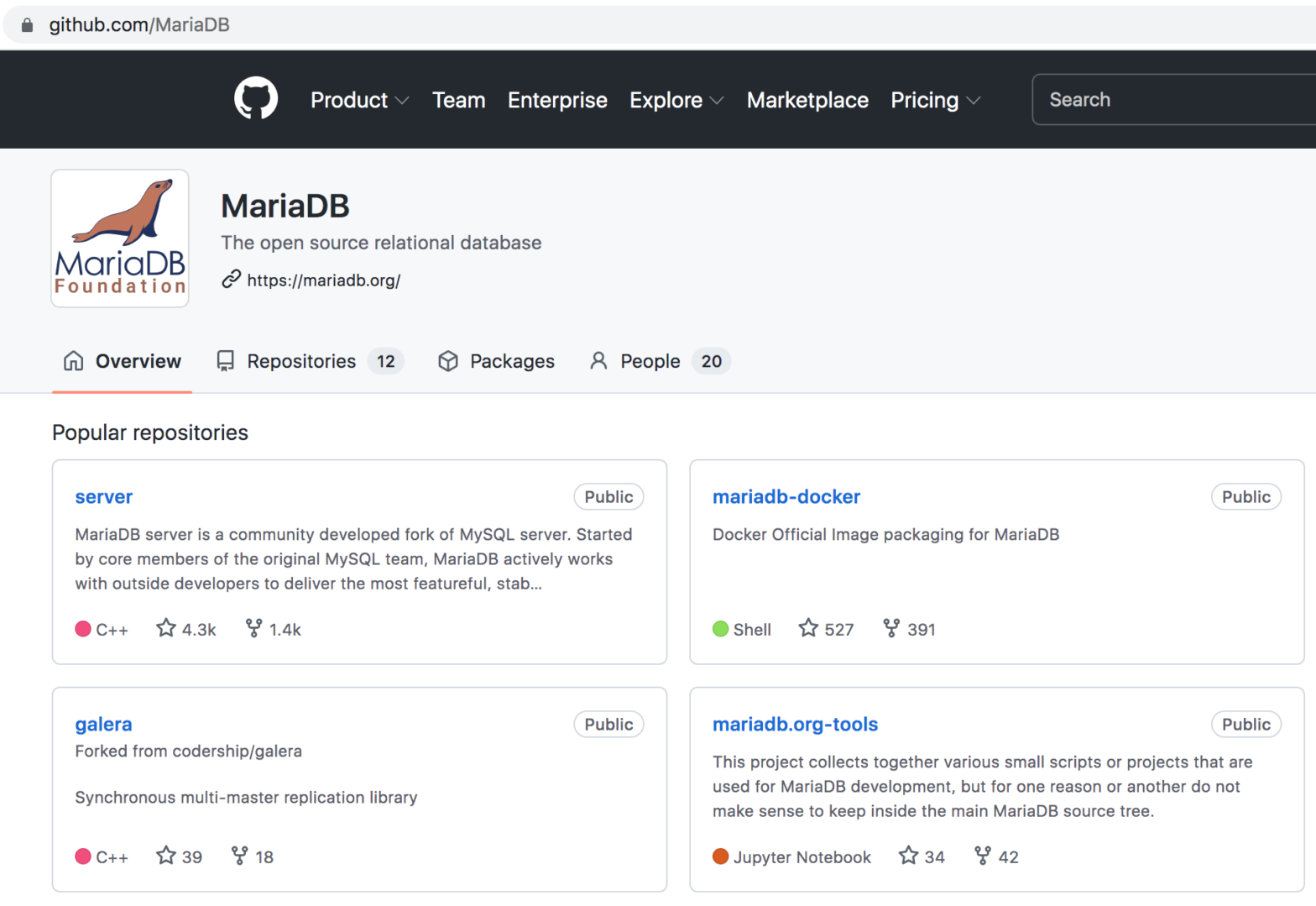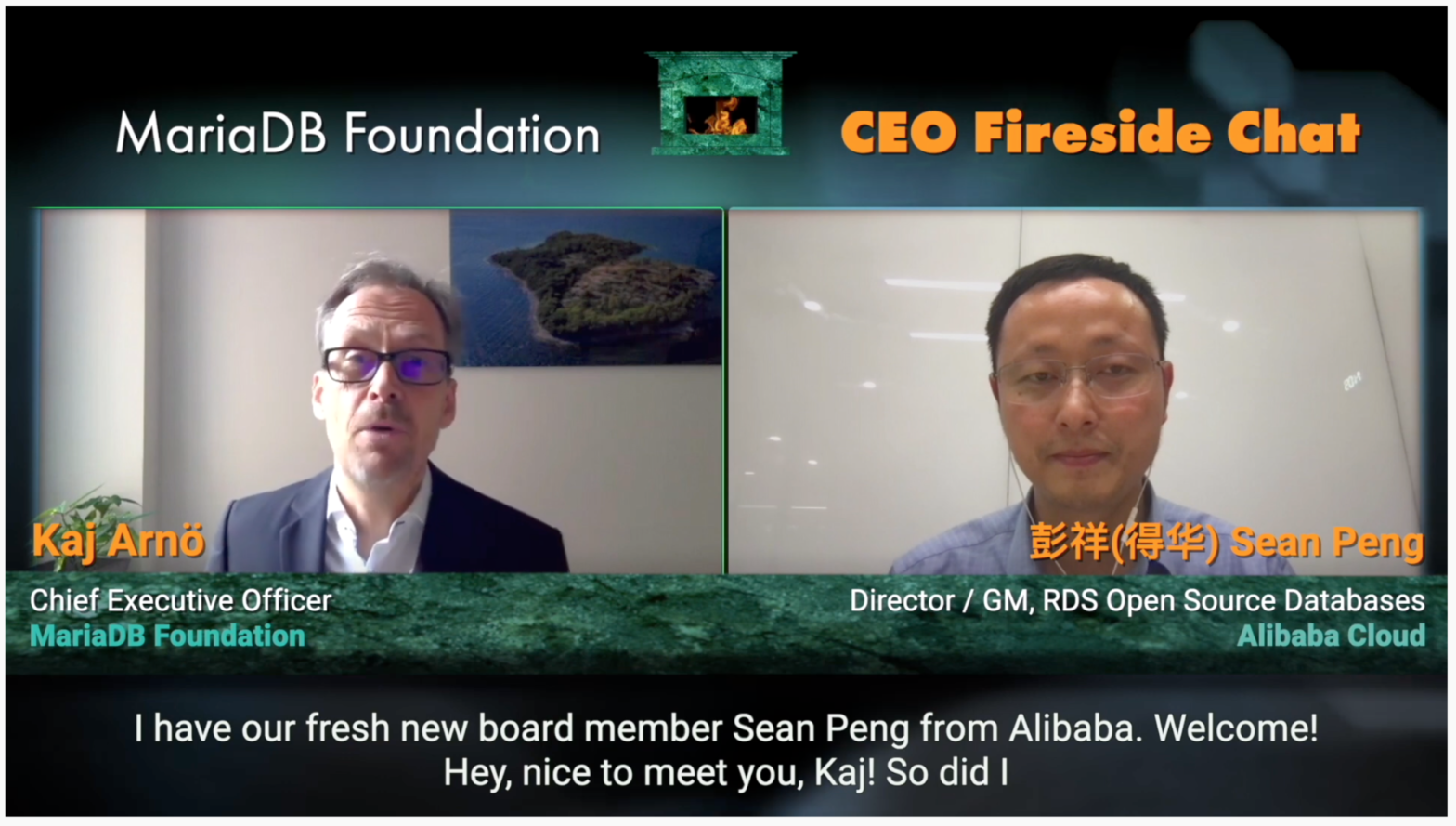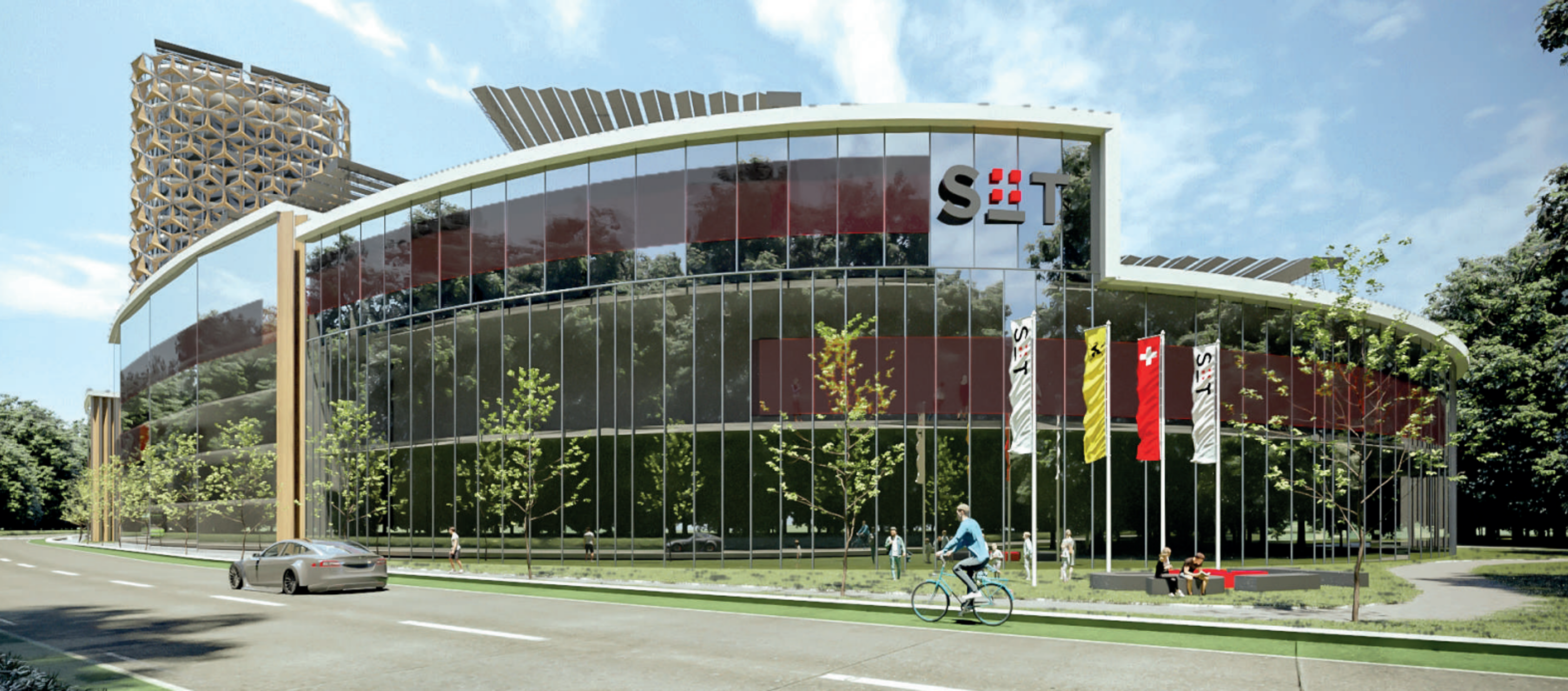Category Archives: Foundation
The lifeblood of MariaDB Foundation is contributions. Our trinity consists of the fundamental values of Adoption (of MariaDB Server), Openness (of the MariaDB Server codebase), and Continuity (of our operations and activities), all of which are centered around MariaDB Server. We rely on our financial sponsors to finance our activities, but the financial value of the code contributions we receive outshines the total sponsorship payments. That has been the case every year since MariaDB Server was launched.
Giving recognition to code contributions
The MariaDB Foundation has not given proper recognition to this fact, of the value of our contributions.
…
Our Board Meeting in April 2022 elected two seasoned new voting board members. One of them is Xiang Peng (Sean), Director, RDS Open Source Databases at Alibaba Cloud. I had the pleasure of having a Fireside Chat with him, which we recorded and put up on YouTube. Read on for his recommendations for MariaDB Foundation in China.
A Man With the Right CV for MariaDB Foundation
Sean, as he calls himself for those of us who have problems remembering, reading or writing his real name 彭祥, is a great resource for MariaDB Foundation.
…
Continue reading “China Has Great Potential for MariaDB Server”
In the previous blog we created a stateless application, deployed with K8s resource Deployment, which allows one to replicate the application, but where data is lost when Pods are restarted, meaning there were no data consistency. In the same blog we used PersistentVolumeClaim for dynamic provisioning of PersistentVolume, but we used Deployment, meant for stateless application, and this way is *not recommended* for statefulset application where each replica should have its own persistent volume. The proper way to achieve that is through the Statefulset resource and this post we will cover that.
In K8s one can create a stateful application, an application like a database, which needs to save data to persistent disk storage for use by the server/clients/other applications, to keep track of its state and to be able to replicate and be used in distributed systems.
…
Continue reading “Create statefulset MariaDB application in K8s”
In the previous blog, MariaDB & K8s: Create a Secret and use it in MariaDB deployment, we used the Secrets resource to hide confidential root user data, and in the blog before that in the series, MariaDB & K8s: Communication between containers/Deployments, we created 2 containers (namely MariaDB and phpmyadmin) in a Pod. That kind of deployment didn’t have any persistent volumes.
In this blog we are going to create separate Deployments for MariaDB and WordPress applications as well as a Service for both in order to connect them. Additionally we will create Volume in a Pods of a MariaDB Deployment.
…
Continue reading “MariaDB & K8s: Deploy MariaDB and WordPress using Persistent Volumes”
In the previous blog we created a stateless application, deployed it with K8s resource Deployment, and exposed the root password, which, regarding security, is of course not recommended. K8s allows one to hide confidential data using specific K8s resources.
Let’s see how to use Secrets in K8s.
Secrets in K8s
In order to save confidential data one can use a K8s resource called Secret.
One can create Secret from the CLI by running kubectl create secret.
Here we will use two methods to create the secret.
…
Continue reading “MariaDB & K8s: Create a Secret and use it in MariaDB deployment”
In the previous blog, a background Deployment resource was created from a YAML file, consisting of a single container (MariaDB) that acts as a background container.
In this blog we are going to proceed to create the frontend container to communicate with the backend through a Service and other resources.
About Services
When an application is run through the Deployment Pods are created and destroyed dynamically. When created, they get the internal IP address in a cluster, and since they are ephemeral, there needs to be a stable way to allow communications between Pods.
…
Continue reading “MariaDB & K8s: Communication between containers/Deployments”
This is the first in a series of blogs explaining how to use MariaDB in Kubernetes (K8s), as well as explaining some important concepts of K8s and of MariaDB.
This blog explains how to start MariaDB as a stateless application in K8s using the CLI and explores different commands you can run on your CLI.
The prerequisites are that you have installed kubectl (which will also install Docker runtime) and minikube (local K8s).
Let’s first start the minikube
$ minikube start && kubectl get nodes
NAME STATUS ROLES AGE VERSION
minikube Ready control-plane,master 104d v1.22.2
The Pod is a K8s resource and the smallest unit in K8s.
…
Good news from and for MariaDB Foundation: in Schaffhausen Institute of Technology (SIT), we have a new Platinum Sponsor. With the additional funds and with the insights provided by Serguei Beloussov, who will work with the MariaDB Foundation on the board level, we expect to improve our ability to further the MariaDB Foundation mission related to our values of Openness, Adoption, and Continuity.
Introducing SIT
This event marks a first in our work with sponsors, given that our top-level sponsor list has so far contained only names fairly familiar to industry players: DBS Bank, Visma, IBM, Microsoft, Alibaba, Tencent, and Service Now, not to mention the eponymous MariaDB Corporation.
…
Continue reading “New Sponsor: Schaffhausen Institute of Technology”


